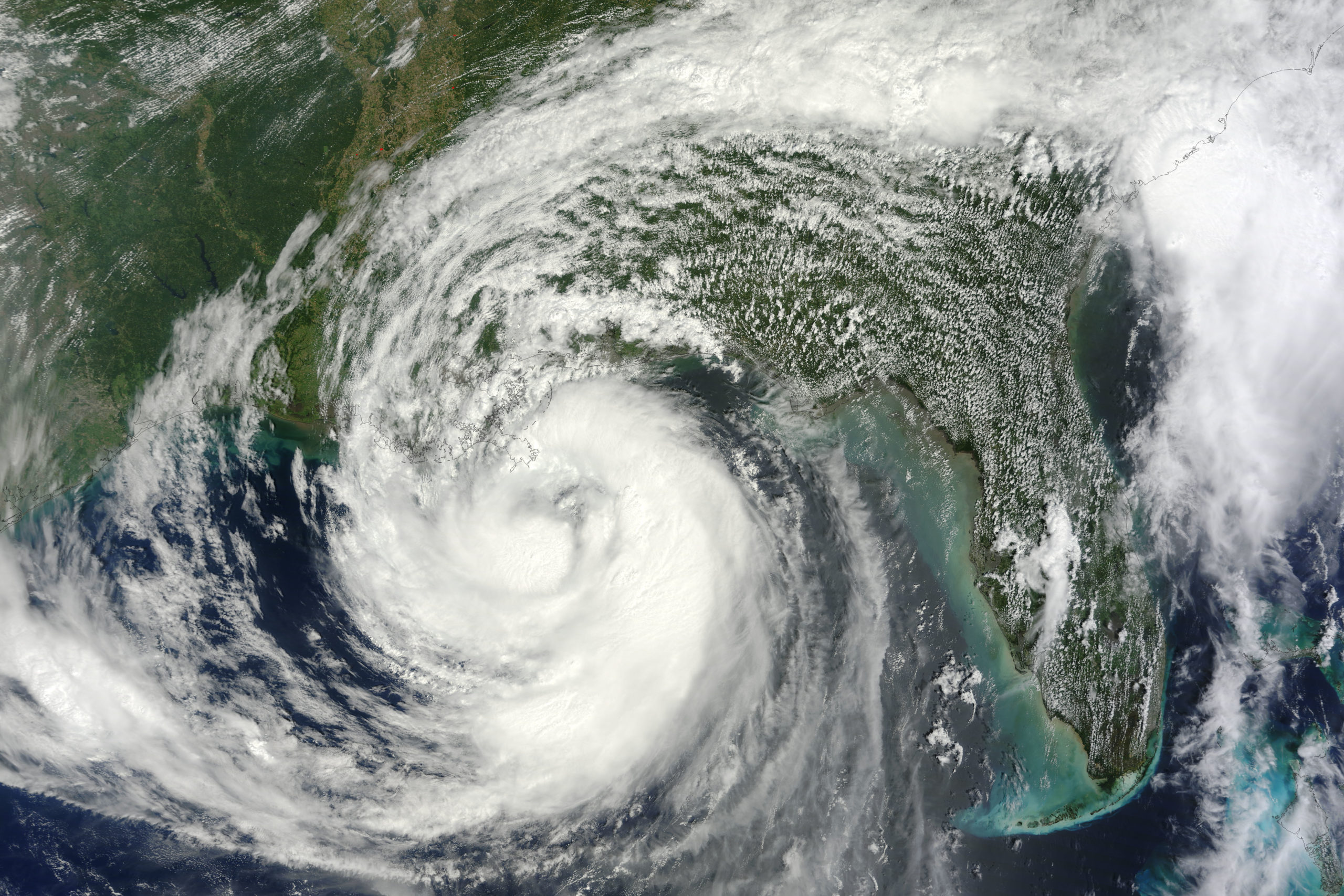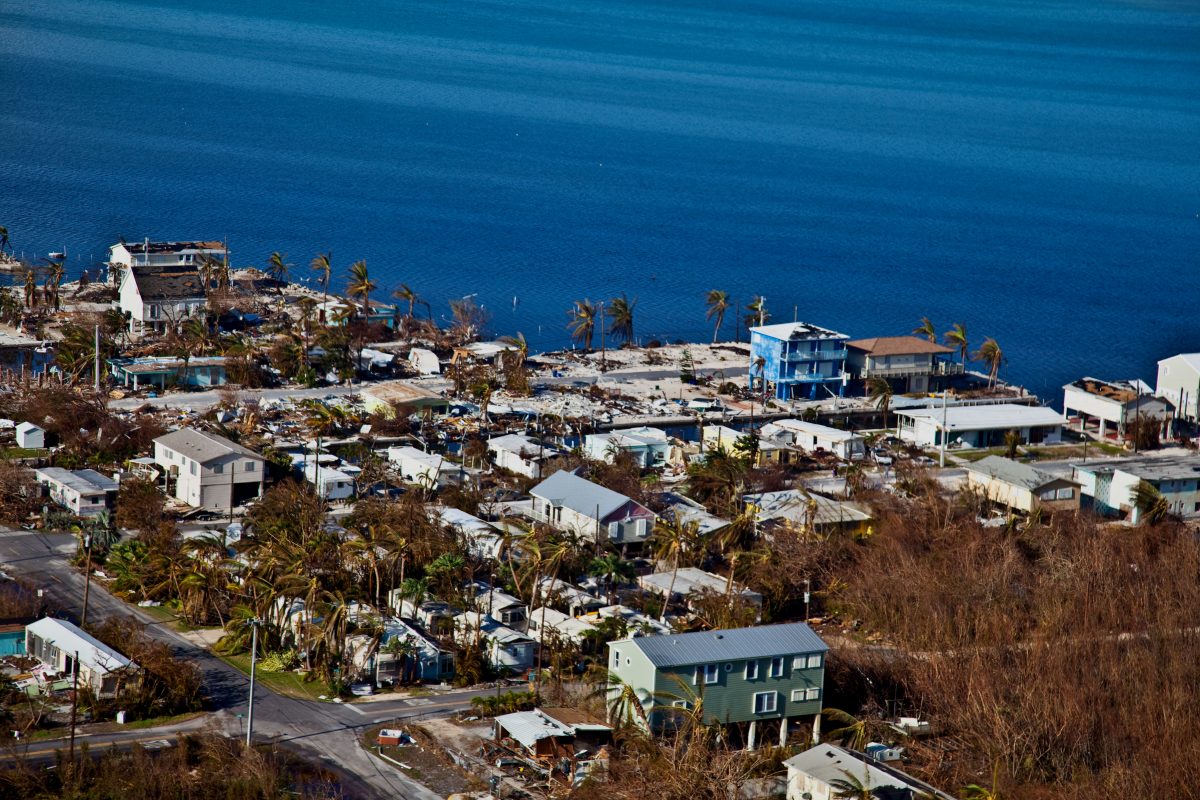
Last updated:
Hurricane Isaac

In August 2012, Hurricane Isaac came ashore, bringing with it days of high winds and harsh rains, leaving massive amounts of damage in several states along the Gulf Coast. Due to its prolonged activity, Hurricane Isaac produced immensely greater damage than a typical Category 1 storm.
Hurricane Isaac came ashore in August 2012, eerily following the path of Hurricane Katrina seven years prior. But this one was in no hurry to leave; affected communities endured days of high winds and rain. The stalled system meant that Isaac left behind far more damage than is typical with a Category 1 storm.
(Tropical Storm Isaac on Aug. 28, 2012. Source: NASA image by Jeff Schmaltz, LANCE/EOSDIS Rapid Response.)
Despite its impact, Isaac proved that lessons had been learned since Hurricane Katrina. This time, careful planning and preparation saved lives and aggravation, and mitigated the costs of recovery. Well in advance of the storm, communities—this time acting in coordination—began implementing evacuation plans they had created many months before. Organizations such as the Greater New Orleans Foundation and the Gulf Coast Community Foundation made plans to open up disaster recovery funds established in advance of the hurricane’s landfall. Before the rain had even begun, an emphasis on returning evacuees to their homes and helping them rebuild had emerged.
Still, for those affected along the U.S. Gulf Coast and the island nation of Haiti, recovery was a lengthy process.
What was the impact of Hurricane Isaac?
Isaac hit Haiti on Aug. 25 as a tropical storm, grazed the Florida Keys, and then made landfall in the Gulf Coast on Aug. 28 as a Category 1 hurricane. It moved slowly across Louisiana and further north. Along the way, Isaac impacted numerous communities with prolonged, heavy rainfall; severe flooding; and high damaging winds. States most affected include Alabama, Florida, Louisiana, and Mississippi, as well as Texas, where evacuees sought shelter.
In Louisiana, some 59,000 homes were damaged. In St. John the Baptist Parish, one in four homes sustained damages in excess of $20,000, and losses to the sugar cane crop topped $100 million. In Mississippi, approximately 3,000 homes were damaged by floodwaters.
Haiti, meanwhile, remains severely challenged. Still attempting to recover from the devastating 2010 earthquake, almost 400,000 people were living in tents and makeshift shelters at the time Isaac made landfall. The storm led to at least 24 fatalities in Haiti, as well as five in the neighboring Dominican Republic.
Resources

Hurricanes, Typhoons and Cyclones
Hurricanes, also called typhoons or cyclones, bring a triple threat: high winds, floods and possible tornadoes. But there’s another “triple” in play: they’re getting stronger, affecting larger stretches of coastline and more Americans are moving into hurricane-prone areas.

Is your community prepared for a disaster?
Explore the Disaster Playbook